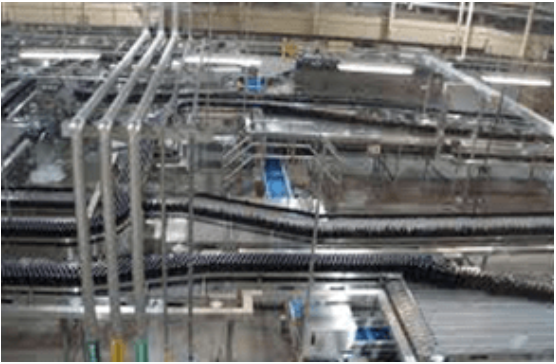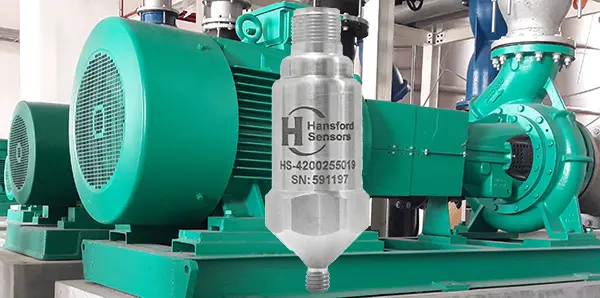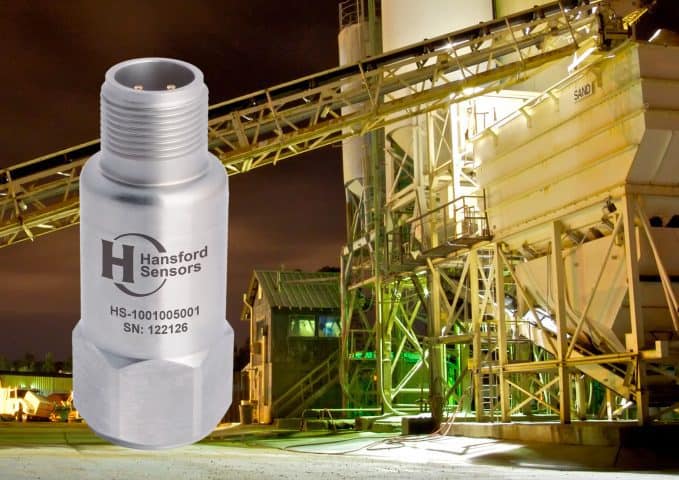A hunger for growth in food & beverage
A recent report from chartered accountancy firm Grant Thornton claimed that a “new wave of optimism” is sweeping through the food and drink industry.
According to findings published in ‘Hunger for growth: food and beverage looks to the future’, a sizable seven out of 10 manufacturers said that growth was the more important factor over the next year rather than cost reduction. In fact, many are aiming to boost investment in the next 12 months, with facilities and equipment two of the areas that will be focussed on.
During the recession, the food and beverage manufacturing sector has remained relatively buoyant as the result of our tendency to continue digesting food of one form or another even in the chilliest economic climate.
However, the continued success of the food and beverage industry depends on its ability to maximise efficiency and product quality. In achieving this end, the need to continually enhance the reliability of processes cannot be under-estimated.
The food and drink processing industry uses a broad range of equipment in its manufacturing process. Chillers, ovens and cooling towers all have pumps, motors, fans and conveyors, and the continued effectiveness of each component must be ensured to enable precision process control.
Whether the highest standards of performance are consistently achieved depends on efficient condition management and monitoring. There are many techniques available to engineers, but one of the most effective is the ability to detect often minute changes in the operation of rotating components by monitoring levels of vibration.
Vibration is an excellent indicator of problems such as wear or misalignment and is easily monitored using accelerometers and either in-line or hand held instruments.
Accelerometers are easy to install and use, operate over a wide temperature range, and measure high and low frequencies, with low hysteresis characteristics and excellent levels of accuracy. These devices are also robust and reliable, offering strong resistance to the ingress of moisture, dust, oils and other contaminants.
A standard 100mV/g AC sensor, such as our own HS-100 Series, provides an ideal solution for the majority of food and beverage manufacturing equipment. HS-100 Series sensors can be supplied as either top or side entry components, and are also available with stainless steel enclosures (HS-SE Series) that meet the strict hygiene standards imposed within many food and drink process industries. Intrinsically safe versions are available for production lines where, for example, the process ingredient may contaminate equipment, such as in the manufacture of flour and sugar.
A range of solutions are available to address the needs of different conditions within the food and beverage industry. For example, if there are regular machine wash-downs, waterproof sensors may be required, while temperature may also need to be taken into account where there are ovens or refrigeration areas.
Our advice? When specifying sensors for food and beverage applications, consult an experienced, market-leading supplier that will help you make the most efficient choice for your plant.


